
At this time of year, the air is filled with seasonal music. It’s light, bright and filled with the spirit of the Christmas season. But it can be hard to know which tunes are danceable. Here’s a convenient guide.

At this time of year, the air is filled with seasonal music. It’s light, bright and filled with the spirit of the Christmas season. But it can be hard to know which tunes are danceable. Here’s a convenient guide.
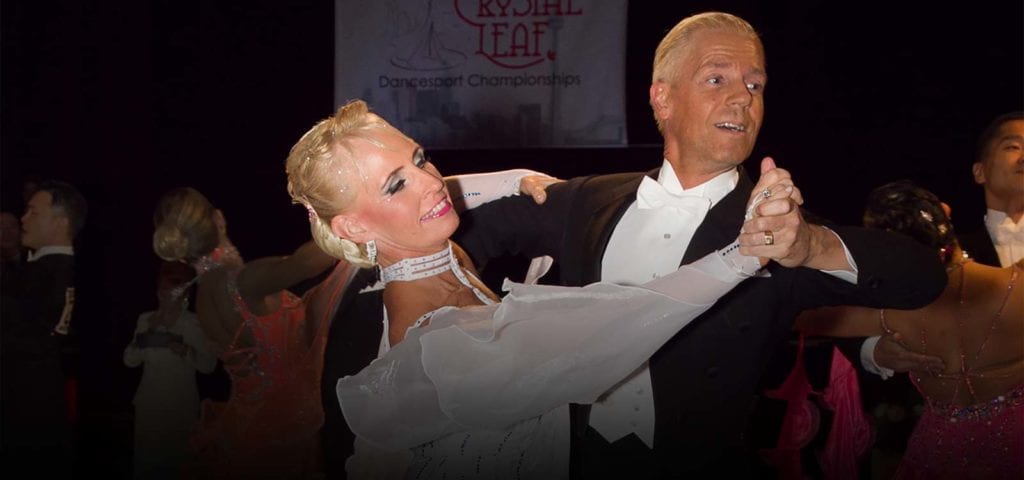
A complete video dance class covering the Bronze level American Smooth Foxtrot syllabus in detail. Includes 15 lessons in separate videos.
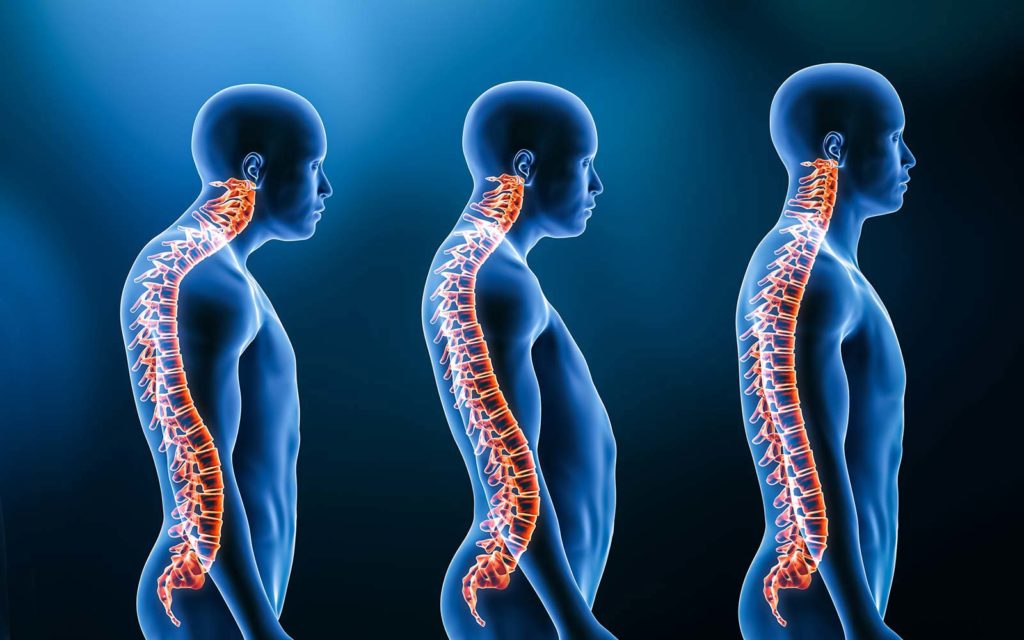
We often think of dance posture as something special, something very different from the posture we use in everyday life. It’s not. Here’s why.

It’s an iconic figure used in several dances. Yet the basic Box Step can be surprisingly hard for beginners to learn.
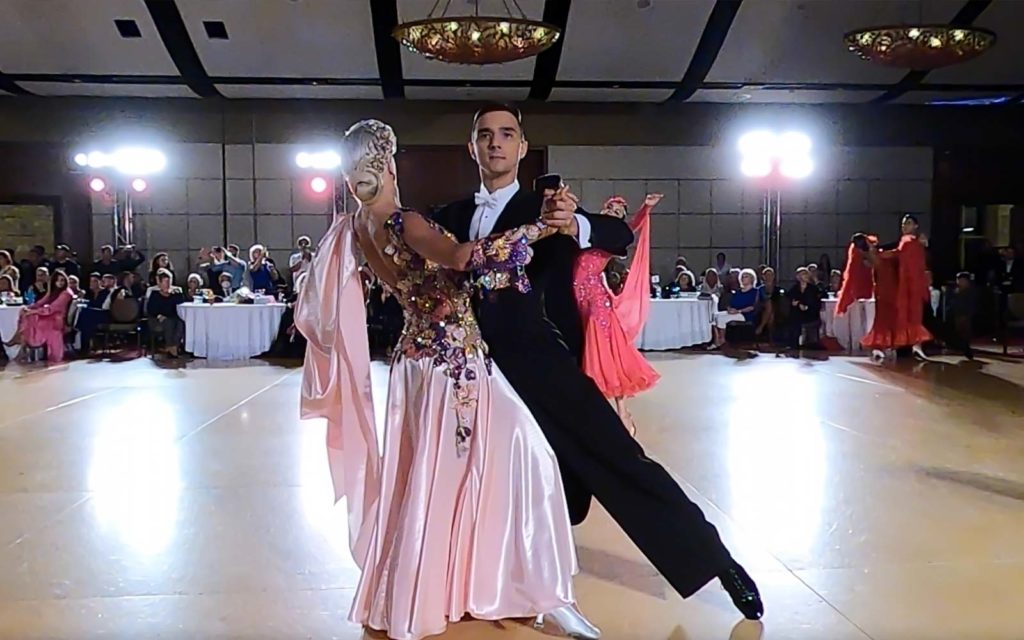
Some observations and perspectives on dancing from the 2022 NDCC Canadian National Championships.
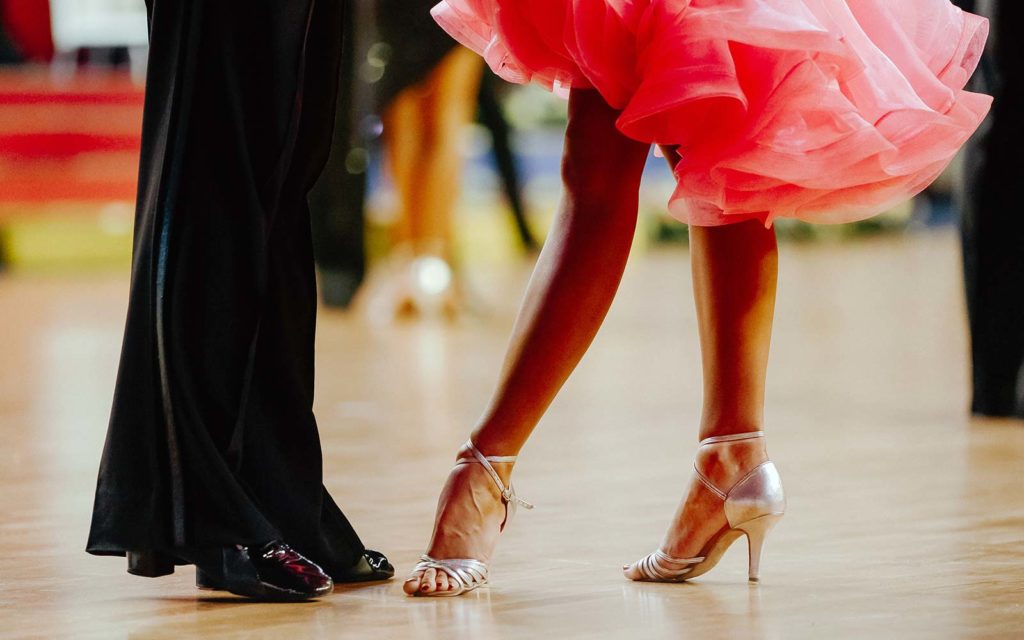
When watching dancers on the floor, even those who don’t dance can tell the difference between skill and a lack of it. What’s the difference?
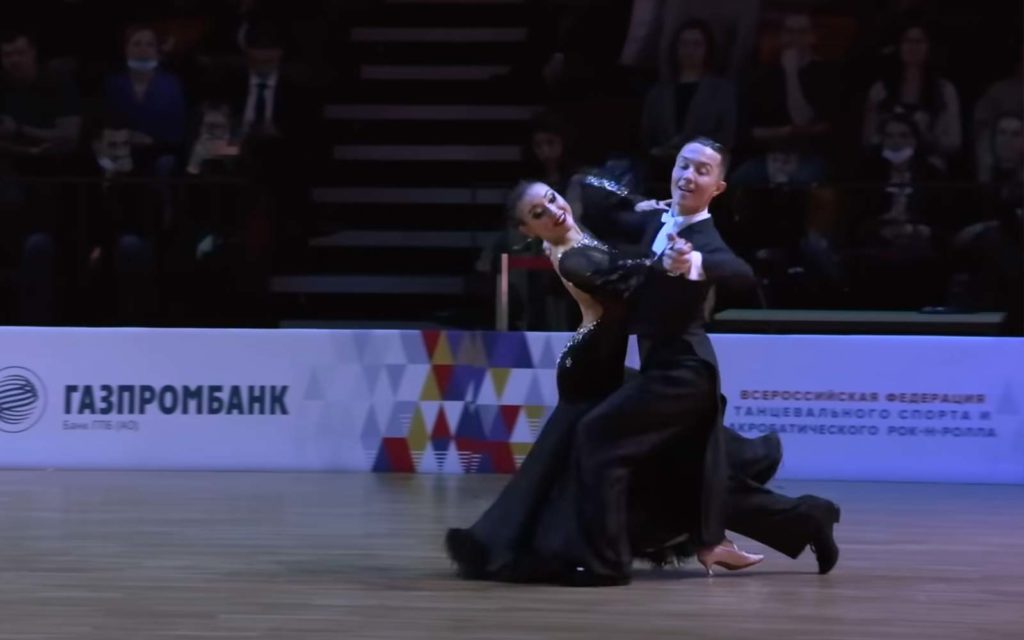
It’s been a relief to see musicality returning to competitive ballroom dancing. Here’s why it matters so much.

A Japanese study found that just listening to groove music that makes you want to dance is good for brain function.
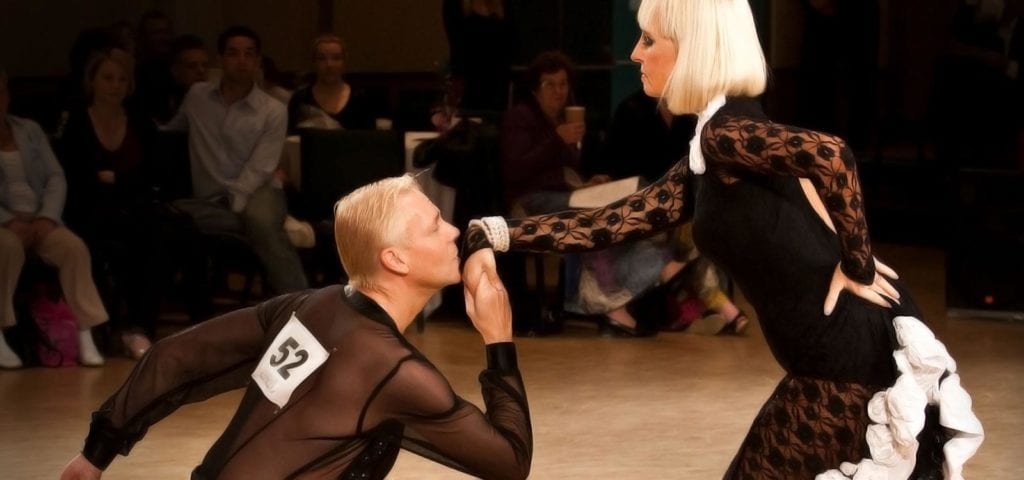
George and Wendy Pytlik of Delta Dance take you through a complete routine for Paso Doble, choreographed to the music of Spanish Gypsy Dance.
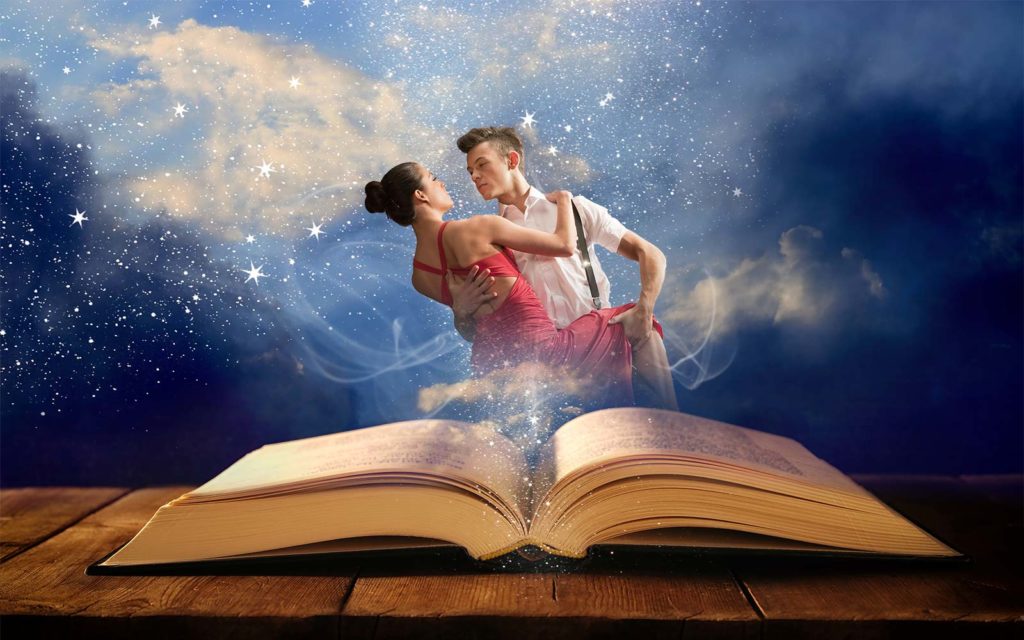
We dance because we love the energy and feeling of dance as an activity. But how do we use it to tell a story?
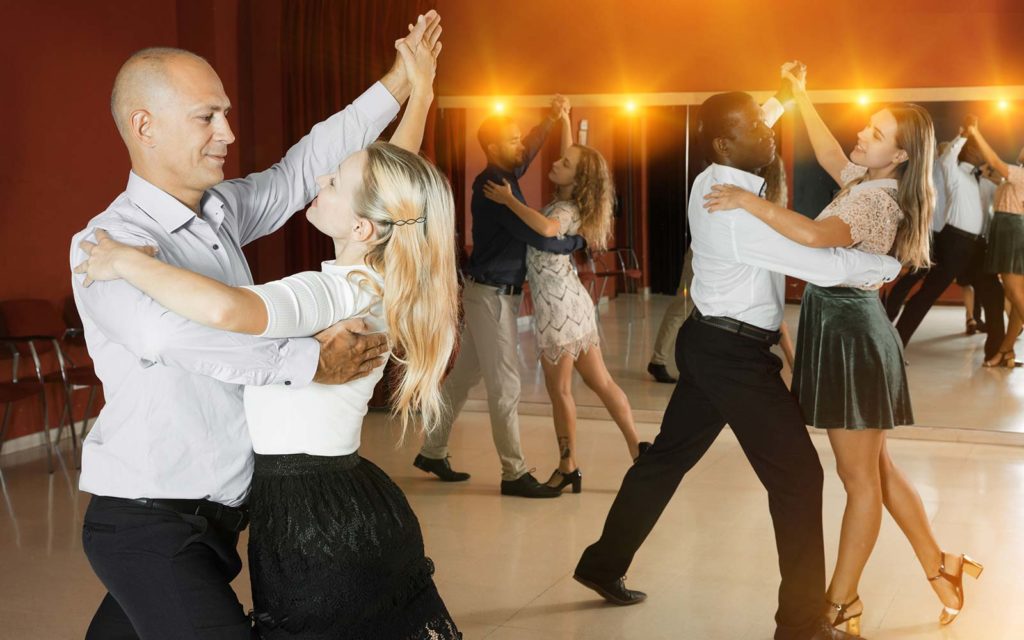
Having been involved in teaching more than 3,500 ballroom dance classes so far in my career, here are some of the most common problems I’ve seen.
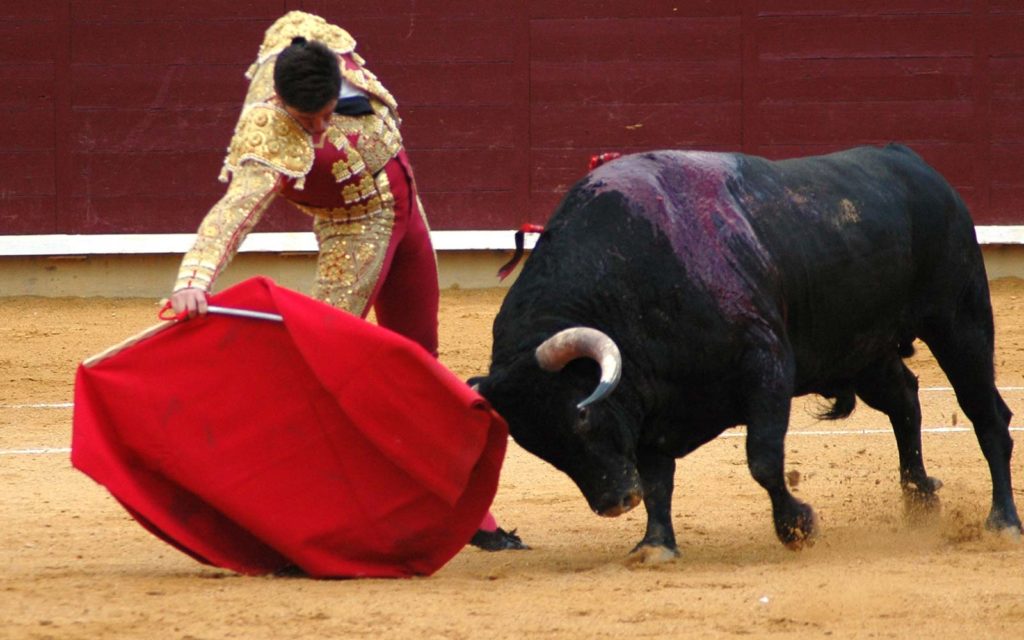
The Paso Doble is the dance of the matador and his cape. It has a number of qualities that are unique in the Ballroom and Latin dance world.
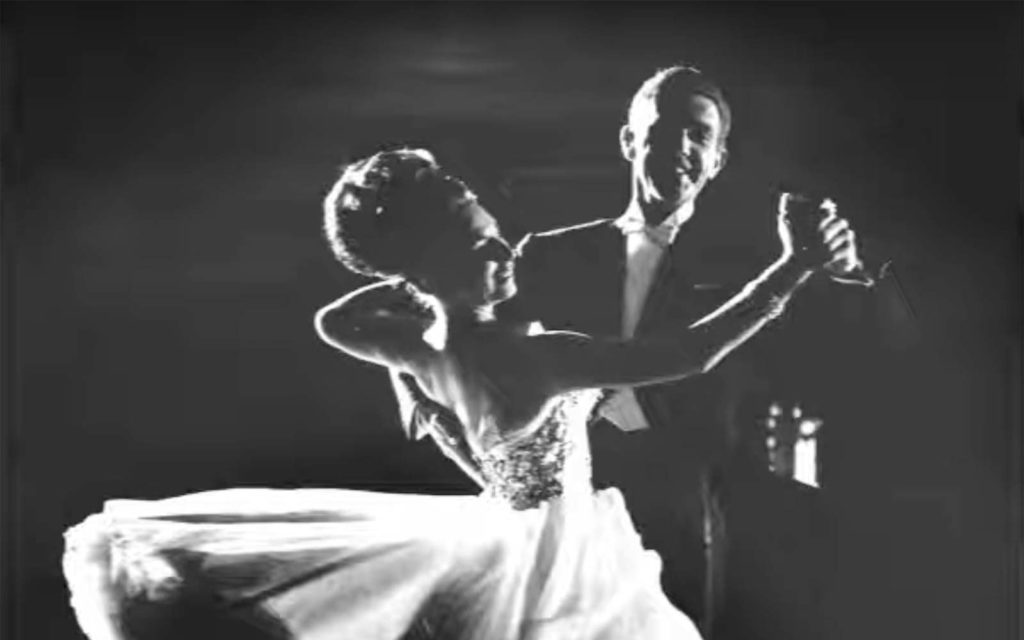
The ballroom dance world recently lost one of its icons, the great Peter Eggleton. His legacy is one of a gentle commitment to excellence.
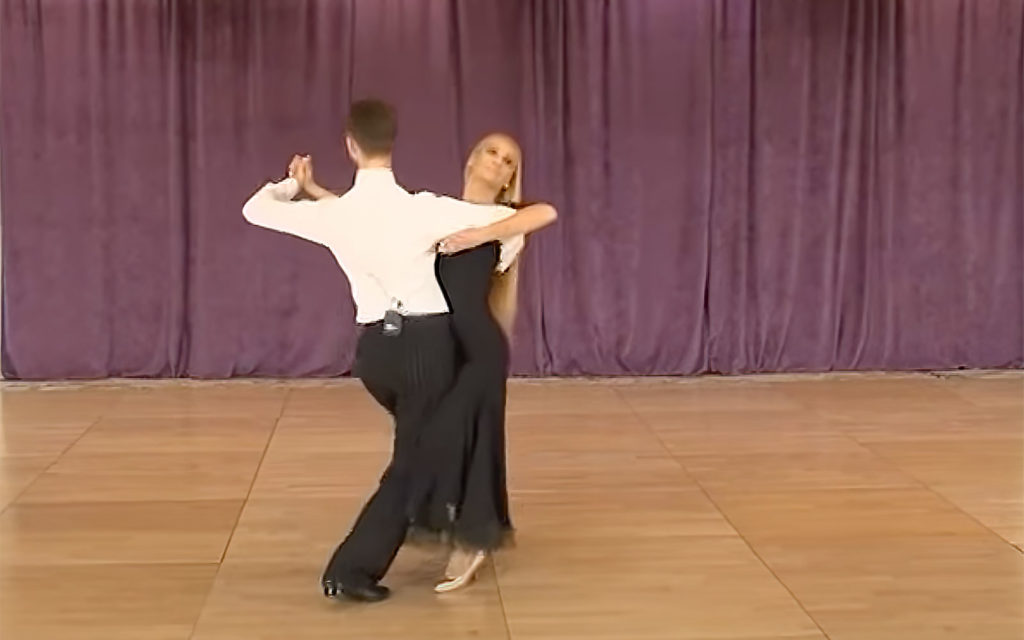
Tango is often danced poorly because of a misunderstanding of musical timing of the leg actions. Here is some insight.
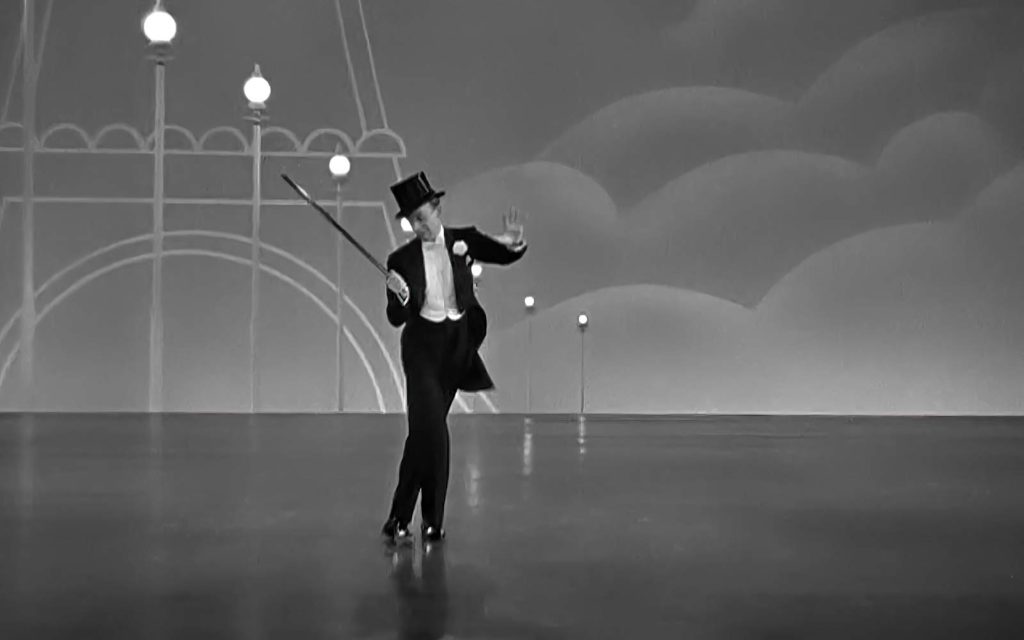
The Outside Change is a simple Bronze figure, but can be spectacular when danced well. Here’s how to make it look good.

George and Wendy Pytlik of Delta Dance take you through a comprehensive 2-hour video class covering the International-style Waltz in detail to help you look great on the dance floor.

iPhones and other modern smart devices can give us very valuable insights to help improve our health. Here’s a look at some of the data available.
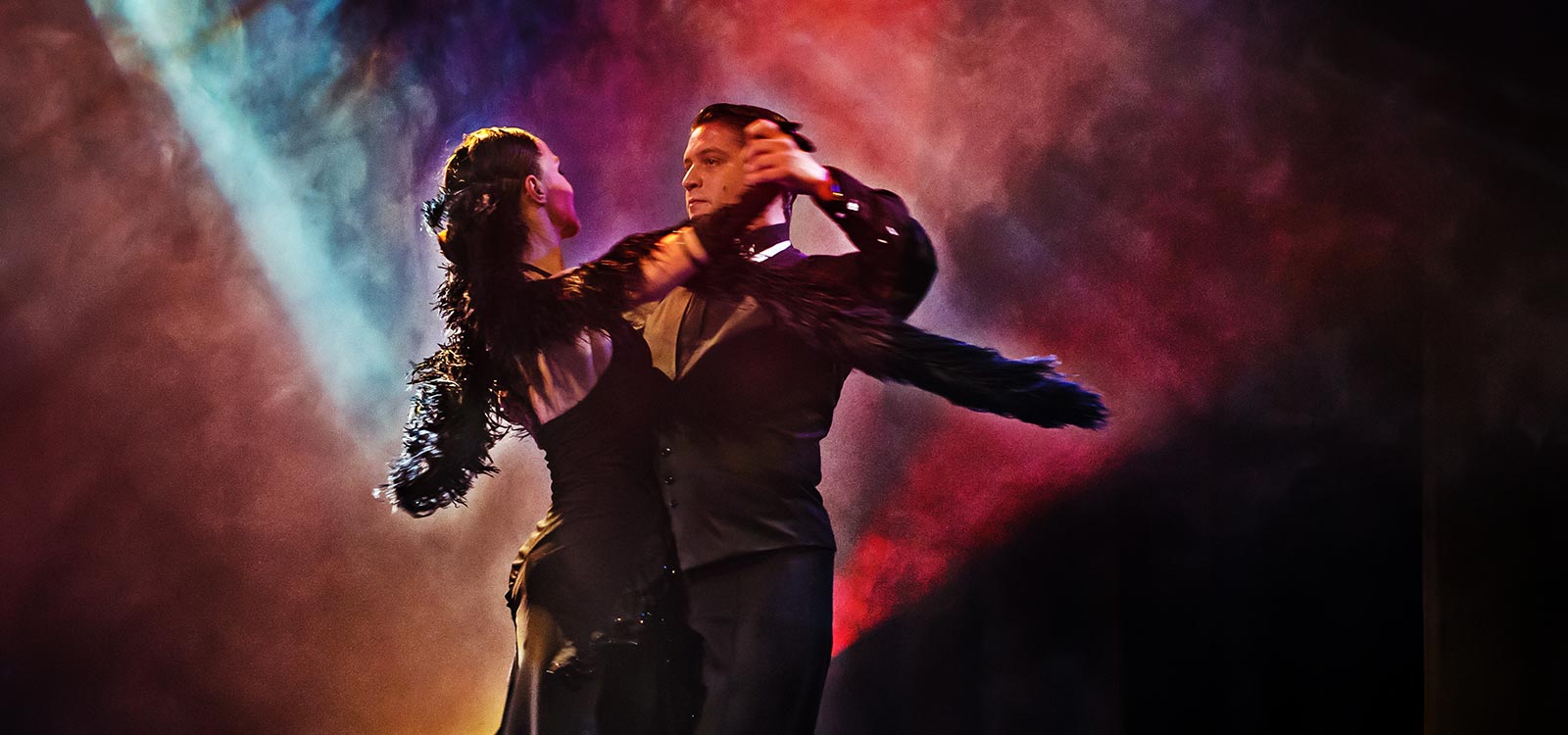
A complete video dance class covering the Bronze level American Smooth Tango syllabus in detail. Includes 16 lessons in separate videos.

Learn the Salsa with George and Wendy. This hour-long course, broken into multiple videos, covers the basic steps in detail.

Learn the Social Foxtrot with George and Wendy. This course, broken into multiple videos, covers this elegant and easy-to-learn dance.
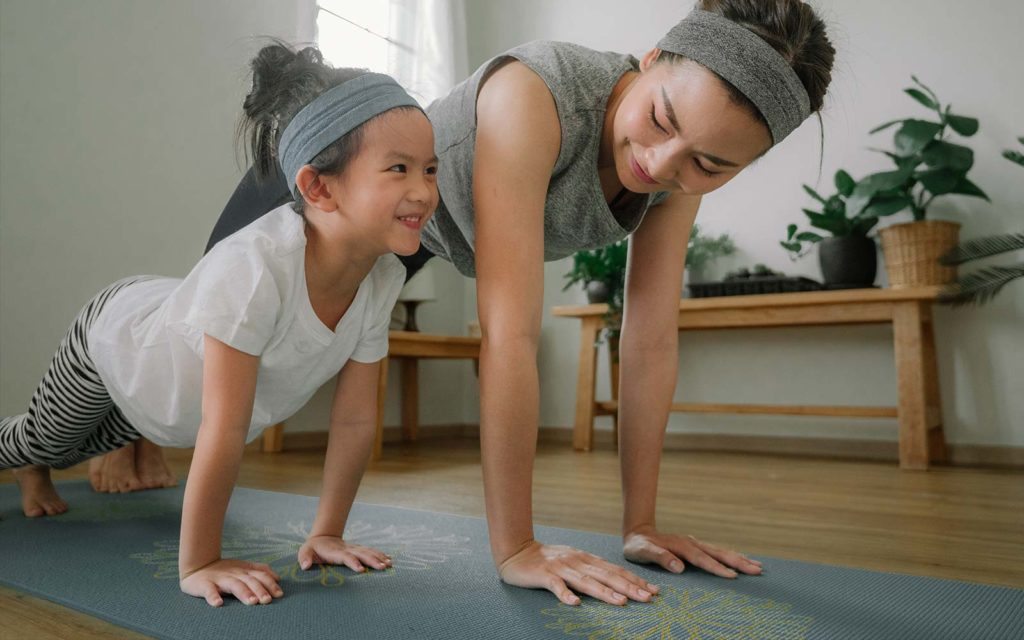
Here in BC, dance studios are locked down until at least January 18. For most people, that’s just another day on the calendar. A day to have breakfast. A day…

With competition opportunities in Canada severely limited due to Covid-19 restrictions, we turned more than ever to video for inspiration. Here are some of our favorites.

The best part of the past year has been getting to know so many wonderful people. Thanks for being part of the programs, and especially for being part of our lives. Merry Christmas, and may the new year bring you lightness and joy in your dancing.

It’s no mystery that exercise helps improve the cardiovascular and respiratory systems. Everyone also knows, as much as we hate to admit it, that as we age our cognitive function…
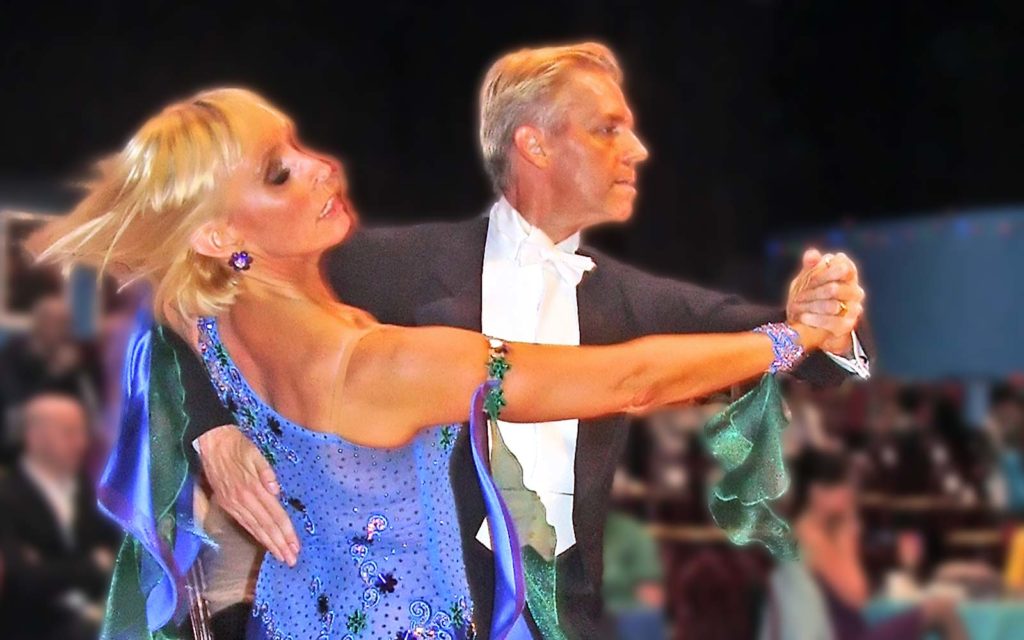
As ballroom icon Alex Moore pointed out, the Tango is deceptively simple, yet with numerous interesting complexities. When we master these, our Tango can become impressive.

Dancing can be both a source of joy in a marriage, and a source of frustration. Here are some tips to help keep things in perspective.
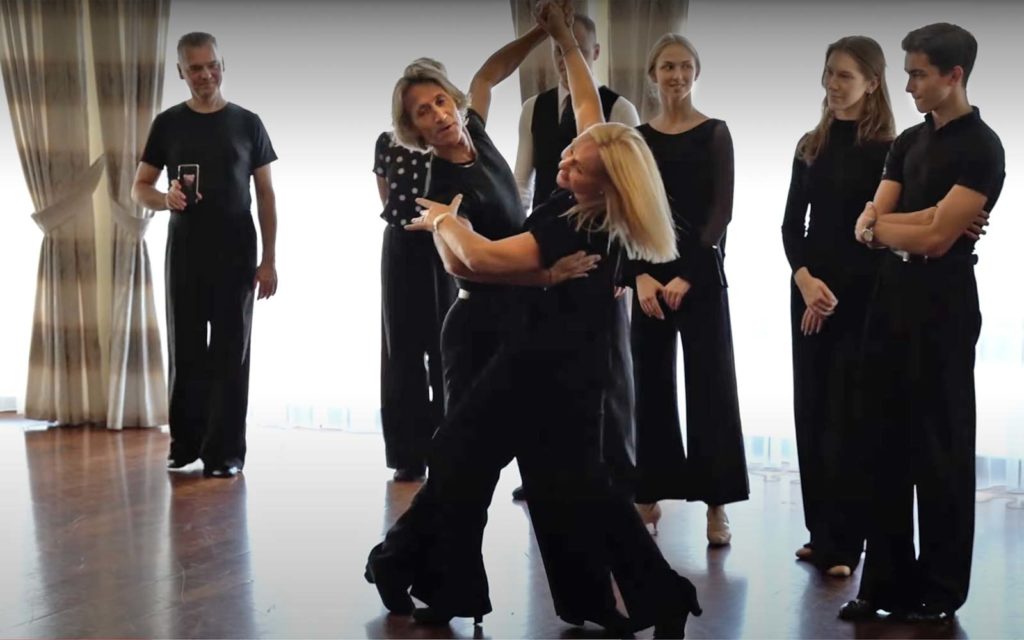
Watch world champions from different eras demonstrate exquisite Slow Foxtrot technique with impromptu dance camp performances.
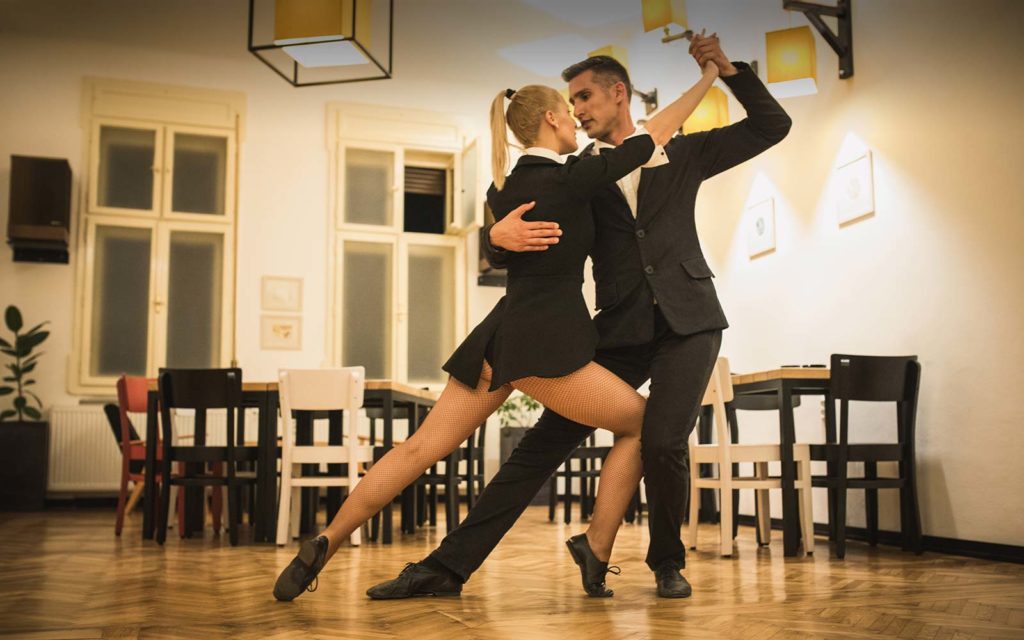
A breakfast meeting with my kinesiologist led to some insights on using the hips in ballroom dancing.
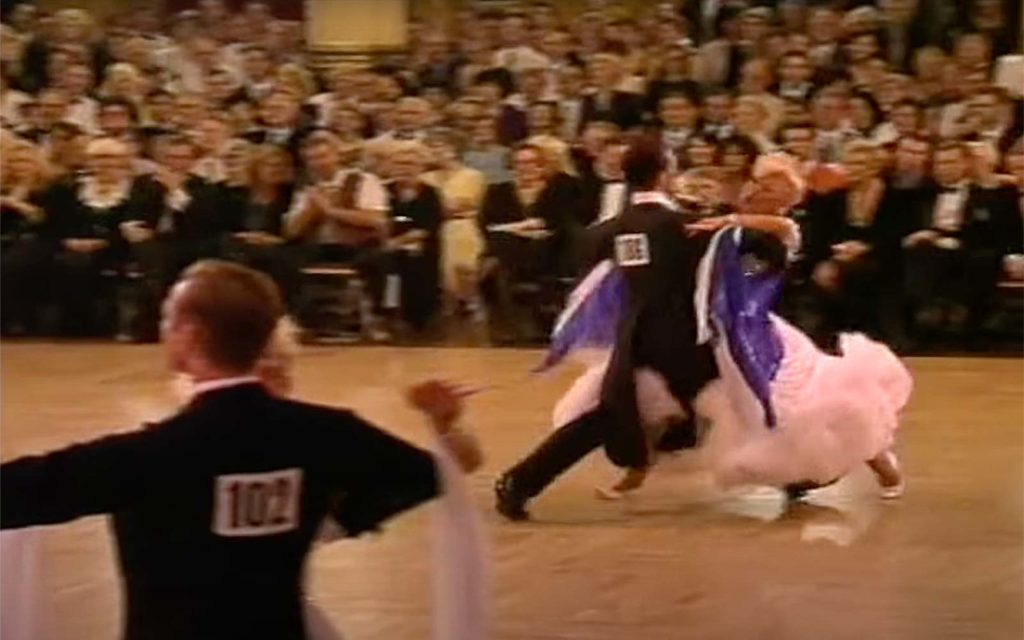
Comparing the best ballroom couples in the world from two past competitions shows a remarkable decline in quality.

So often in the process of learning to dance, people get caught up in technical details, hindering learning. But many dance actions are things you are already doing in life.